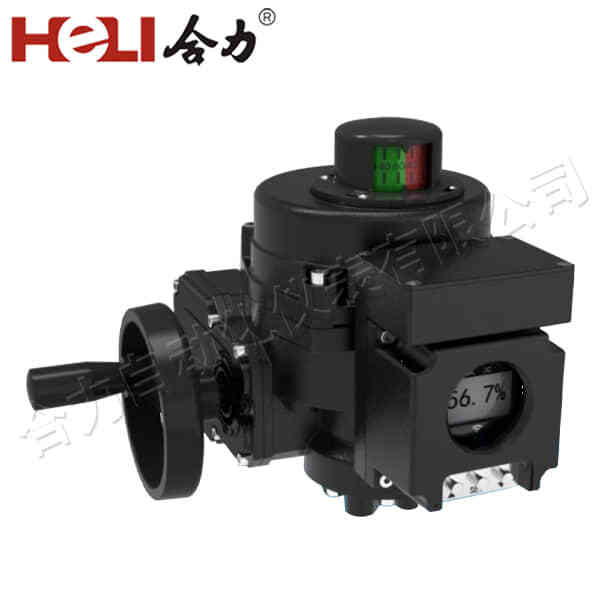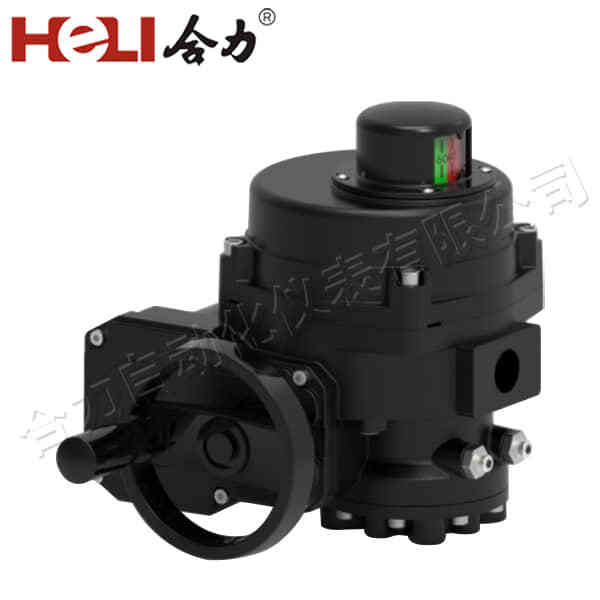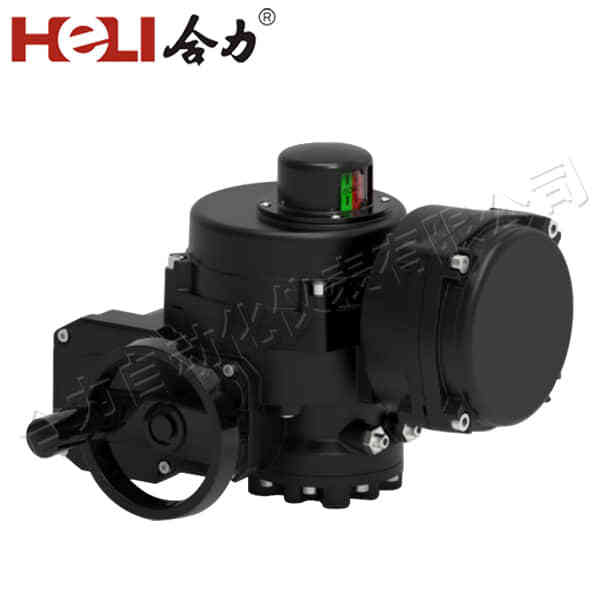Electric actuators are a fundamental technology used across various industries to convert electrical energy into mechanical motion. These devices play a crucial role in automating tasks and improving efficiency in applications ranging from industrial machinery to robotics, automotive systems, and even home appliances. In this article, we will explore the working principles of electric actuators, their types, key components, and the diverse applications in which they are utilized.

What is an Electric Actuator?

An electric actuator is a device that uses electrical energy to create motion or perform a mechanical function, such as linear displacement or rotational movement. The motion generated by the actuator is typically in the form of linear (straight line) or rotary (circular) motion. The actuator works in combination with control systems to respond to inputs from sensors or controllers, converting electrical signals into physical movement. The main advantage of electric actuators over their mechanical or pneumatic counterparts is their ability to provide precise control, ease of integration with electronic systems, and relatively low maintenance. This makes them ideal for applications where precision, reliability, and automated control are important.
